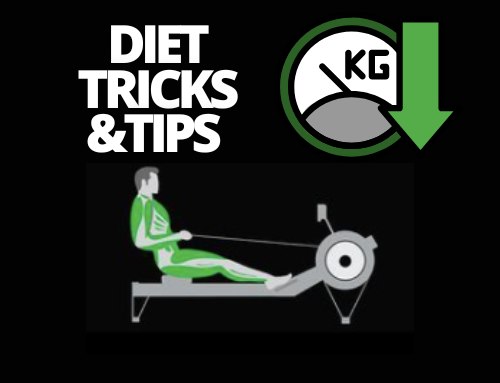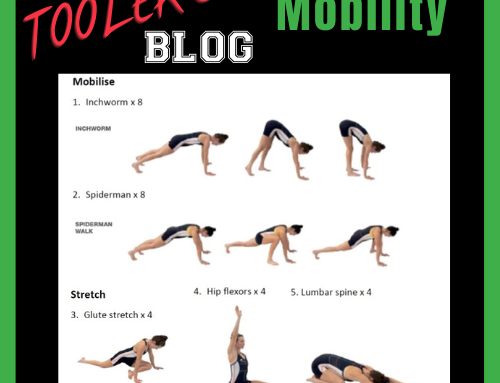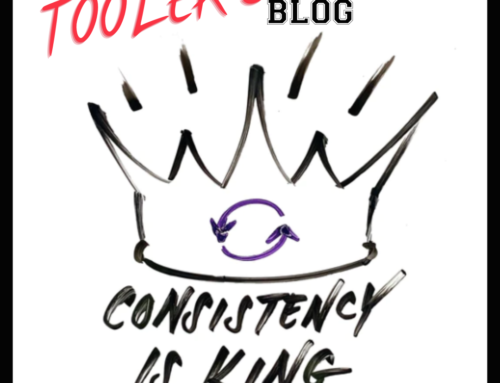#2 Training Methods
Next up in this “Why Row?” series is a blog about the strength and conditioning benefits of rowing. Most gyms these days have row ergometers (ergs), and quite often rowing is built into a programme as part of a high-intensity interval training (HIIT) session – so that means short, high-intensity intervals where your stroke rate is high and power output is high. However, these types of sessions are actually only a very small part of rower’s training. In this blog I want to try to explain why this is (without getting too technical), and describe the different training methods we use as rowers and the benefits this varied training brings for beginners right up to well-trained athletes.
Power is really important in rowing, but to be powerful you need strength, and you need speed. You must also remember that you are using most of the muscles in your body when you row and you need to be able to continue to use these muscles effectively for a relatively long period, therefore you also need to build endurance. Going back to the example of rowing and HIIT sessions – you can only do a limited number of short maximum efforts on the row erg before you will fatigue, your power will go and you risk losing the training effect of that session. Using the row erg for HIIT sessions only, limits your capacity to train the other components of fitness that ultimately lead to better rowing performance and more importantly, to broader health benefits. So as rowers we need to work on endurance, strength, speed and power!
Endurance is important in rowing to be able to maintain a high intensity throughout a given training session or 2km race. Endurance sessions are lower intensity with lower stroke rates and can often take up to 1-1.5 hours when training on the water. In Crew Class we aim for sessions that last 30-40 minutes, but use the same principles as water sessions to achieve the same training effect. This type of endurance training is energy demanding, allows you to mobilise fat stores and will improve your aerobic capacity (your ability to pump blood to muscles and organs). A more effective aerobic system means better recovery between intervals, leading to a more effective training session, and better recovery between sessions, meaning a better training effect over time.
Strength is a component of power, so is critical for rowing performance. Increasing your strength will reduce the amount of effort you put into every stroke. When we think of strength training, most will think about lifting weights; however, we can do a lot of strength work using the row erg. My first rowing-based strength training session was actually on the water when I was training with the Norwegian team. We rowed at low stroke rates dragging heavy towels and sponges through the water to add resistance. In Crew Class we do some sessions with the row erg damper setting at 10 and a lower stroke rate to mimic this on-water training session. This rowing-based strength training allows you to build strength through the full range of the rowing stroke making it a very sport-specific form of strength training.
Speed in the stroke delivers power. Strength is nothing if we can’t move dynamically with speed. Therefore any complete rowing training programme must incorporate speed to 1) develop power and 2) practice technique efficiency at higher stroke rates. Speed sessions for rowers are similar to the HIIT sessions I described earlier – short, high-intensity intervals (or sets of strokes). On the water, this usually means repeated sets of max-effort 15-30 strokes, with a 5-10 stroke recovery period. In Crew Class, we do the exact same sessions on the row erg. When it comes to speed/power sessions like this, adequate recovery is important; every interval must be explosive for power development.
Rowing demands a combination of endurance, strength, speed and power. I hope that I’ve been able to explain these training methods in enough detail and describe how we build these fundamentals in training sessions. This combined approach means that no Crew Class session is the same. The next blog in the Why Row? The Series will expand on some of the points I make here with a focus on training zones and how we incorporate different training intensities into our programme.






